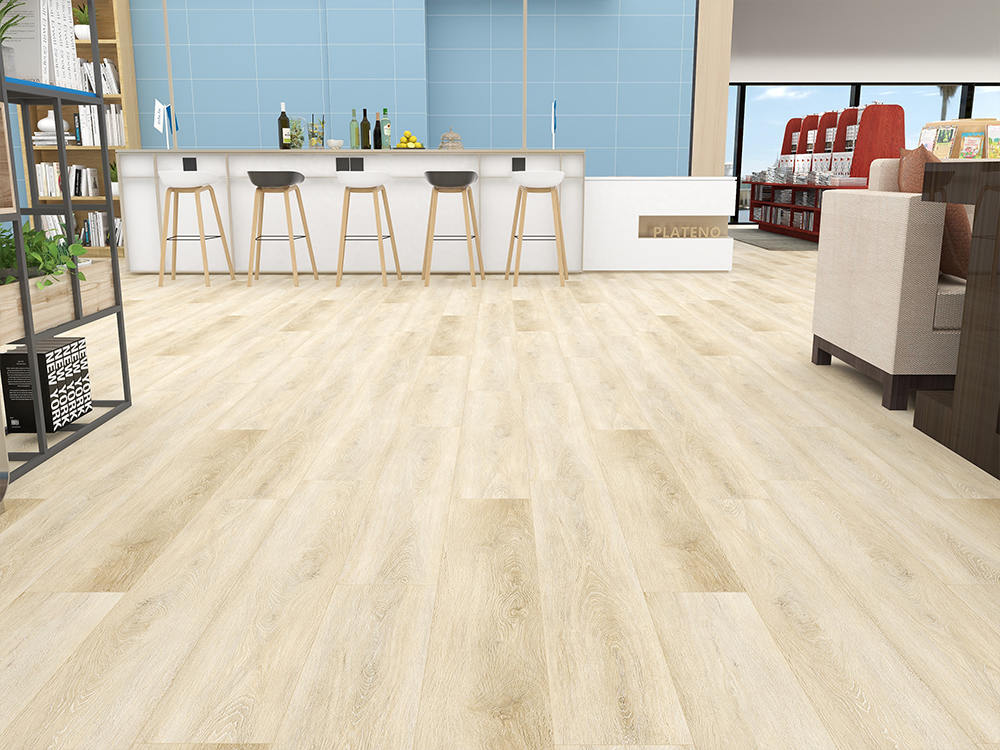Give Your Floors a Facelift With New Vinyl Flooring
If you’re like many homeowners, you worked hard to make your house a home. You spruced up your bedrooms with new paint, bought envy-inducing furniture and installed a chandelier to lighten up the dining room. But over time, your floors began to look worn and dingy. That’s when you realized that it was time to upgrade your floor coverings.
Vinyl is a durable, affordable and versatile flooring material that has made a comeback in recent years thanks to new technology. It can be printed to mimic the appearance of other materials such as stone and wood, or it can look more traditional with abstract or geometric patterns. Moreover, vinyl can be easily laid and doesn’t require the use of adhesives.
But while vinyl is a durable and affordable option, it’s also important to understand its limitations and advantages so that you can choose the best flooring for your home. For instance, you should avoid using harsh chemicals, abrasive scrubbers or steam cleaners on your vinyl floors. Additionally, it’s a good idea to wipe up spills as quickly as possible and put felt pads under the furniture legs to prevent scratches.
Another thing to consider is that vinyl flooring can become discolored with long-term exposure to sunlight, which can dull the color or even result in a yellowish tinge. Moreover, it’s also been known to off-gas VOCs (volatile organic compounds), which can be harmful for your health, especially in an indoor space without sufficient ventilation.
Despite its drawbacks, vinyl is still a great choice for homeowners looking to give their rooms a facelift. With its versatility, affordability and ability to withstand moisture and heavy foot traffic, this type of flooring is a good fit for many homes.
To make vinyl, small pieces of colored polyvinyl chloride plastic (PVC) are heated and pressed into thin layers that are then glued together to form sheets of vinyl flooring. The sheets are then cut into squares or planks, and can be printed to resemble other types of materials.
Some flooring materials are as hard as a rock, which can be tough on the feet and unpleasant to walk on barefoot. But vinyl offers tons of give, making it a comfortable material for the feet.
There are several types of vinyl, and each type has its own strengths and weaknesses. The two most popular options on the market today are LVP and Rigid Core Vinyl Plank. LVP stands for Luxury Vinyl Plank and is used to describe all vinyl flooring that’s designed in planks. Rigid core vinyl planks are made with either a WPC or SPC wood-polymer core and are usually designed to look like traditional hardwood flooring.
Both options are a great option for those who want the look of natural wood flooring but don’t have the budget or desire to install real hardwood floors. These products are available in a wide range of finishes and textures and are often backed by a manufacturer’s warranty. Additionally, they’re easy to clean and can be wiped down with a damp cloth or mop.


 English
English 中文简体
中文简体 Español
Español
